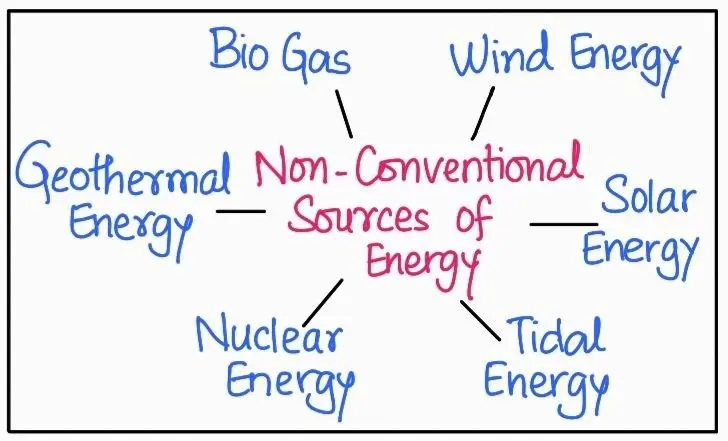![]() 12 Dec 2023
12 Dec 2023
Non-conventional sources include solar, wind, tidal, geothermal, biogas and atomic energy. These energy sources are more equitably distributed and eco-friendly cheaper energy.
Let’s explore each of these non-conventional sources of energy more extensively

In conclusion, non-conventional sources of energy like geothermal, tidal, wind, solar, and bio-energy play a pivotal role in fostering sustainability. These alternatives offer diverse applications, higher thermal efficiency, and significant environmental benefits. Embracing non-conventional energy sources is not just a choice for the present but a commitment to a more sustainable and eco-friendly future.
Also Read: Conventional Source of Energy: Power of Coal & Natural Gas in India
<div class="new-fform">
</div>